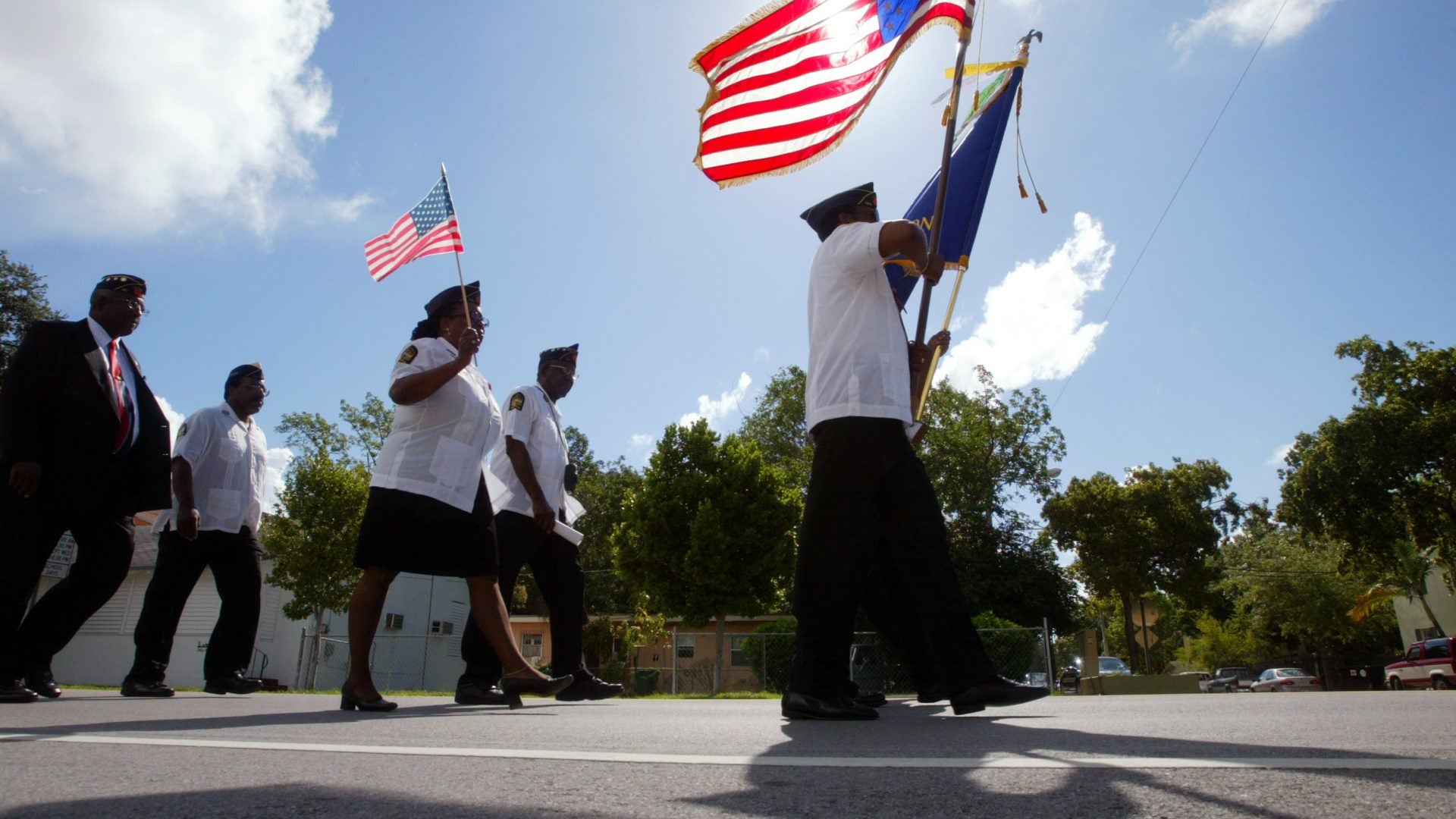
The initial commemoration of Memorial Day is often disputed, with several places across the U.S. claiming to be the birthplace of the national holiday.
However, it’s believed that one commemoration took place in Charleston, South Carolina before any others around the nation. According to Pulitzer Prize-winning historian David W. Blight, newly freed African Americans who had fought in the Civil War adorned soldiers’ graves in 1865, marking the first Memorial Day on record.
Blight’s 2001 book “Race and Reunion: The Civil War in American Memory,” says that on May 1, 1865, as many as 10,000 formerly enslaved African Americans and some white missionaries had a parade where schoolchildren, Black religious leaders and members of the Black Union battalions processed around a racetrack with flowers, according to Time.com.
“There was a file labeled ‘First Decoration Day,’ inside a piece of cardboard was a narrative handwritten by an old veteran, plus a date referencing an article in The New York Tribune. That narrative told the essence of the story that I ended up telling in my book, of this march on the race track in 1865,” Blight told History.com.
The book details how James Redpath, the director of the Freedmen’s Bureau, organized speeches by at least 30 Union officers, missionaries, and Black ministers. Attendees also sang songs like “We’ll Rally Around the Flag” and “The Star-Spangled Banner,” according to Time.com.
The New York Tribune described the tribute as “a procession of friends and mourners as South Carolina and the United States never saw before.”
According to the newspaper, gravesites looked like “one mass of flowers,” and “the breeze wafted the sweet perfumes from them,” and “tears of joy” were shed.
This tribute “gave birth to an American tradition,” Blight wrote in his book, according to Time.com. “The war was over, and Memorial Day had been founded by African Americans in a ritual of remembrance and consecration.”
However, according to Blight, for many years, “white Charlestonians suppressed from memory this founding.” About 50 years after the Civil War, someone at the United Daughters of the Confederacy asked the Ladies Memorial Association of Charleston if the commemoration on May 1, 1865, actually happened, and a woman said, “I regret that I was unable to gather any official information in answer to this.” Whether the woman actually knew about the tribute or not, Blight argues, the exchange illustrates “how white Charlestonians suppressed from memory this founding.”
By 1868, the Memorial Day celebration, led by General John A. Logan, president of a Union Army veterans association, was held. On this day, he urged Americans to place flowers on the graves of fallen soldiers at Arlington Cemetery on May 30.
The ceremony held in Arlington National Cemetery on that day has generally been regarded as the first recognized Memorial Day event. However, the one led by formerly enslaved African Americans was held three years earlier.
Two decades later, in 1889, Memorial Day was declared a federal holiday, honoring the lives of the 620,000 soldiers who died in the Civil War. It took another century for the holiday to be moved to the final Monday in May, where it is still observed today.





